TO ORGANIC OR NOT TO ORGANIC
Understanding How the EU’s 2025 Rulebook Shapes Cacao Value Chains
Over the past two years, the cacao sector has navigated unprecedented turbulence. Climate shocks, crop diseases, market volatility, and historic price fluctuations have reshaped the landscape for cacao farmers and chocolate makers alike.
In the background, the European Union has been updating several regulatory frameworks affecting cacao imports. From the EU Deforestation Regulation (EUDR) -which aims to ensure that sourcing does not contribute to deforestation, to mandatory Due Diligence legislation -which introduces responsibilities for actors across the supply chain, these developments are part of a broader effort to promote transparency, sustainability, and social responsibility. On top of these, the EU’s organic legislation (Regulation EU 2018/848), effective October 1, 2025, harmonises rules for organic certification across all imports, replacing previous equivalency arrangements for non-EU countries.
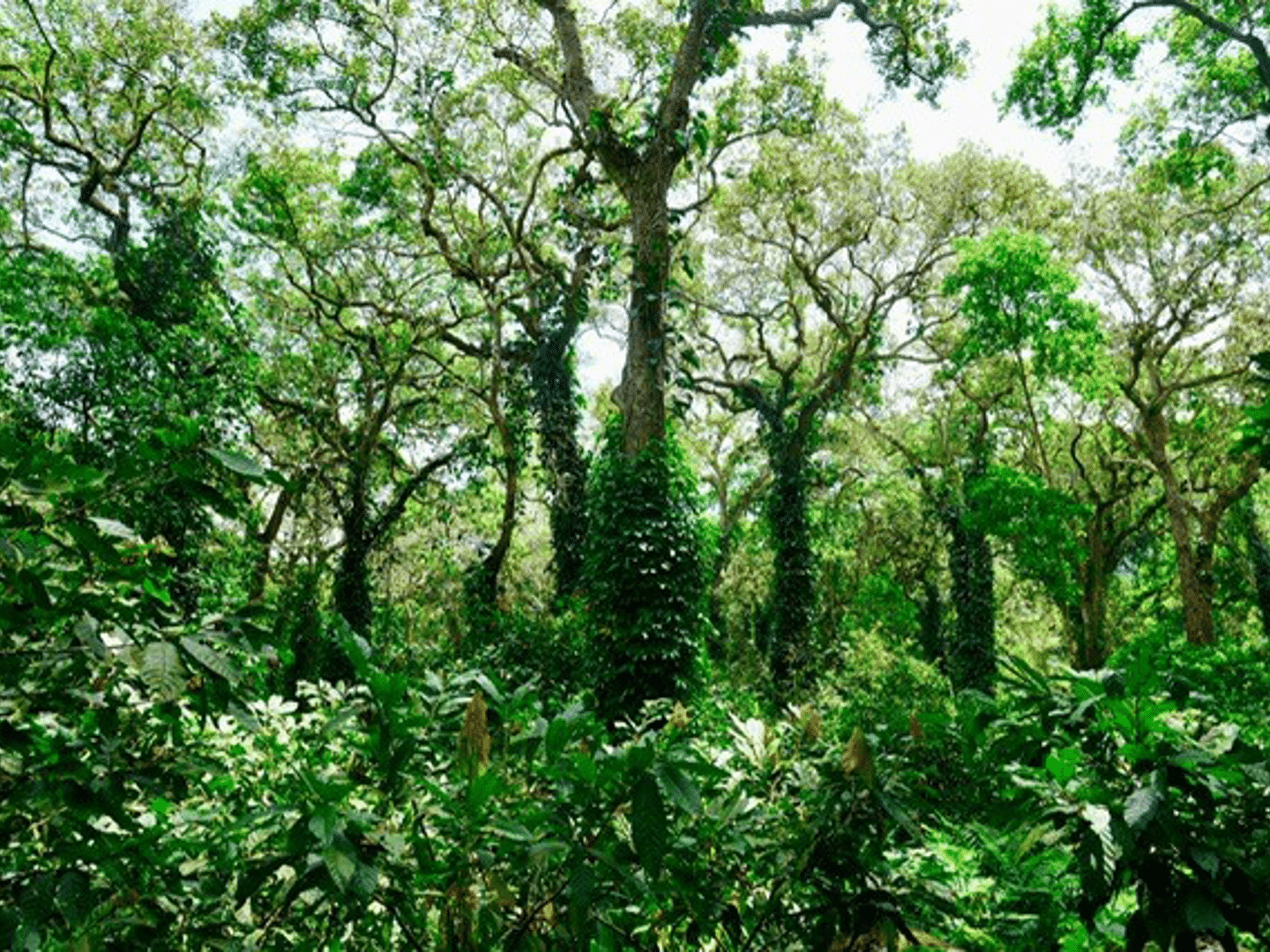
CONTEXT: ORGANIC CACAO IN A CHANGING EU LANDSCAPE
Global cacao production reaches around 5 million metric tons per year, with the organic segment representing just 2% of that total. Despite its small volume, organic cacao plays an outsized role in premium and specialty chocolate markets, where consumer demand increasingly values traceability, sustainability, and chemical-free farming -principles often linked to agroforestry and biodiversity.
Much of this organic cacao comes from smallholder farmers across Latin America, Africa, and Southeast Asia, whose traditional methods often align naturally with organic principles. These producers have long supplied the EU’s high-value organic market under a system of equivalency, which allowed non-EU countries to certify products using their own national standards, provided they broadly matched EU requirements.
That flexibility will come to an end on October 1, 2025. From that date forward, all organic imports into the EU -including cacao, must fully comply with EU Organic Regulation No. 2018/848. Producers outside the EU will be required to meet the same standards as EU-based farmers, covering soil fertility, crop rotation, internal control systems, and the legal structure of producer groups -many of which differ from traditional certification practices in origin countries.
For cacao -a crop produced almost entirely outside the EU, this regulatory shift marks a pivotal moment. Producers previously certified under national systems or private schemes may need to restructure operations, formalise groups, and implement compliance systems to maintain access to the EU organic market.
What was once seen as a relatively accessible value-add is evolving into a far more demanding and costly segment. Stricter compliance requirements are tightening supply, increasing operational burdens, and introducing new risks -pressures that are already being felt across the entire cacao value chain, from smallholder communities and cooperatives to craft chocolate makers and EU retailers.
These changes represent a fundamental shift. While the regulatory overhaul is acknowledged, it brings significant challenges for both cacao producers and organic chocolate manufacturers -challenges that are now reshaping the value chain as a whole.
KEY CHANGES IN EU ORGANIC LEGISLATION IMPACTING THE CACAO VALUE CHAIN
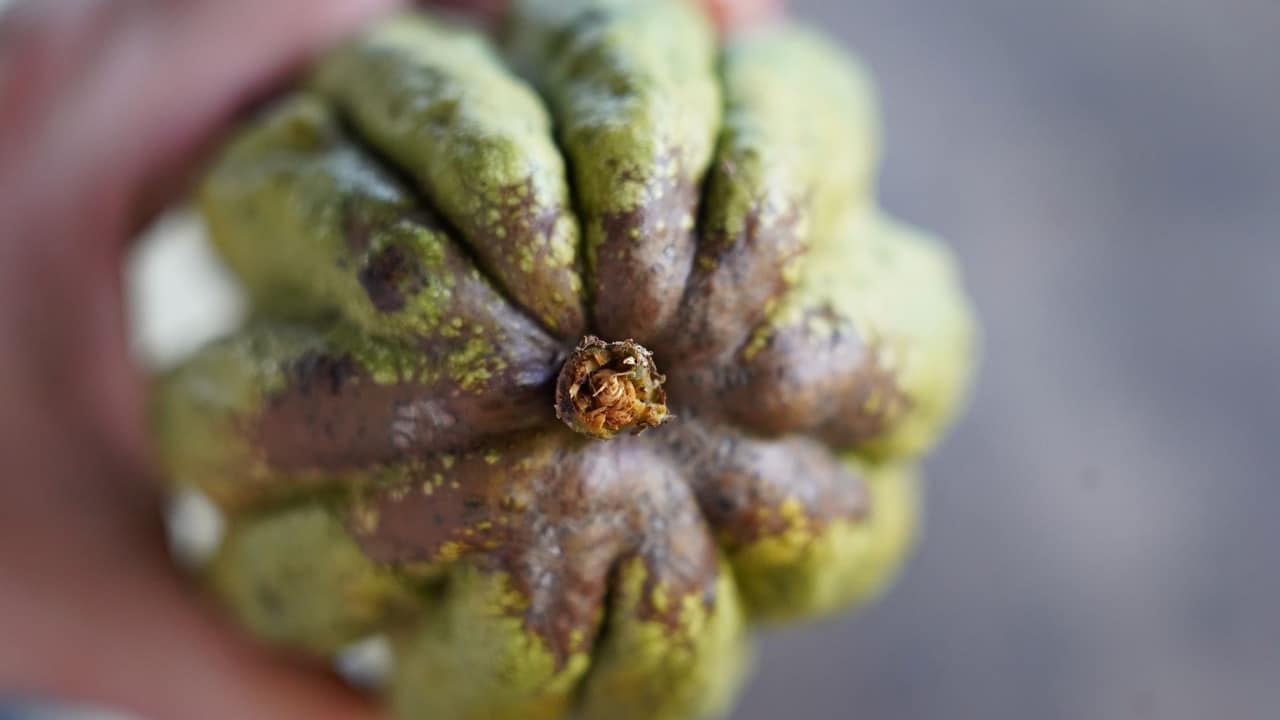
MAIN CHANGES AND THEIR IMPACTS ON CACAO PRODUCERS
As of October 1, 2025, all organic cacao imports into the EU must comply fully with Regulation (EU) 2018/848. This marks the end of the ‘equivalence’ model, where non-EU producers could certify under their own national systems, and requires them instead to follow exactly the same standards as EU farmers.
Below are the most significant changes and what they mean in practice for cacao producers:
1. End of Equivalence: Full Alignment Now Required
Until now, non-EU producers could export cacao under national organic standards deemed ‘equivalent’ to EU rules. From October 2025, this flexibility disappears. Producers must now comply directly with EU standards, including:
- Strict crop rotation and soil fertility rules
- Prohibition of synthetic inputs (as before)
- Stricter definition of the “production unit” – the entire farm must be certified organic
➤ IMPACT
The loss of flexibility is especially challenging for smallholders in agroforestry or mixed-farming systems. Practices that once fit under local standards may no longer qualify, forcing producers to adapt methods or risk losing EU organic market access.
2. Who Gets to Be Certified? New Limits on Certification Holders & Group Models
The new regulation reshapes how organic certification is structured in origin countries.
A. Only co-ops and producer associations can hold certificates
Private companies are no longer allowed to hold organic certificates on behalf of farmers. Certification must now rest with cooperatives or legally recognised producer associations -a fundamental shift from the previous system, where exporters often organised and managed supply chains.
➤ Case in point: Kokoa Kamili – Tanzania
Kokoa Kamili -a respected social enterprise, works with hundreds of smallholder farmers in Tanzania. As a private company, it could no longer hold an organic certificate under the new rules, and had to help its farmers create a formal association with legal status and governance. This required time, money, and administrative support -a barrier in regions without strong cooperative traditions.
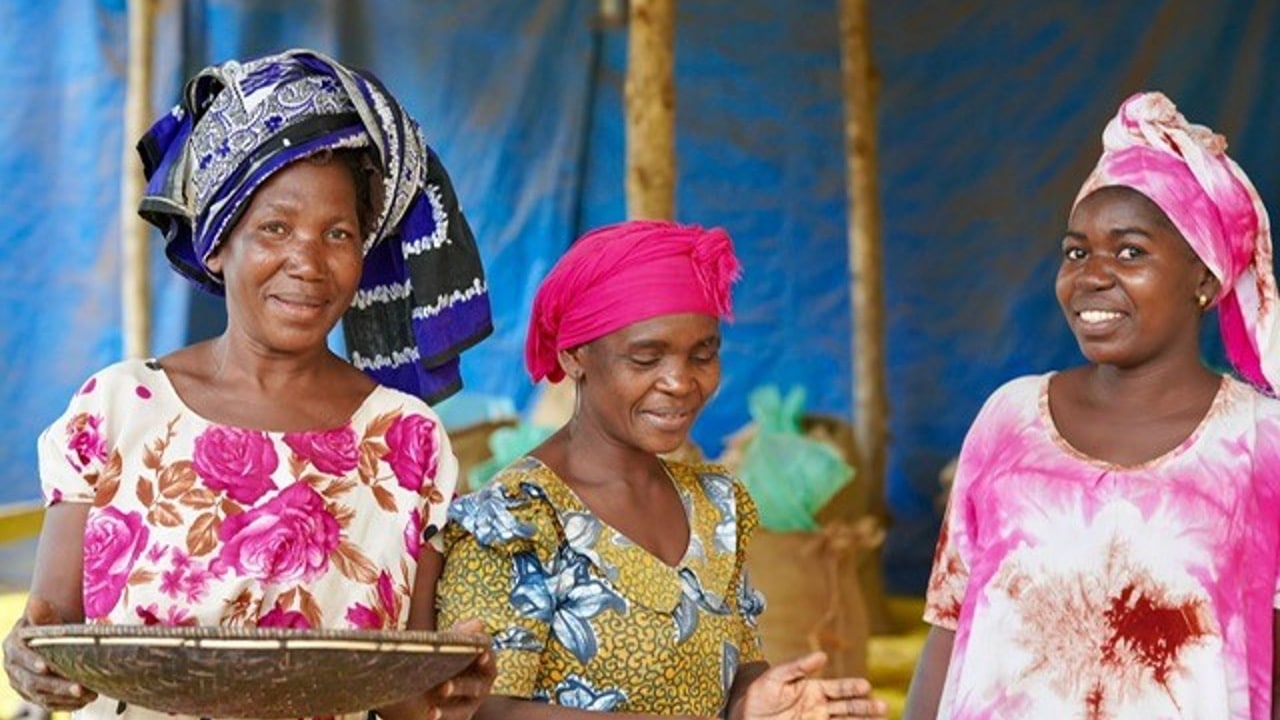
B. Stricter rules on group certification
Group certification -long a cornerstone for smallholder farmers, now comes with tighter restrictions:
- Maximum of 2,000 producers per certified group
Previously, groups could include thousands of farmers. Now, groups must be split into smaller units, which increases the cost and complexity of certification. - No ‘mixed farms’ allowed – the entire farm must be organic
The entire farm is now treated as one unit, so farmers can no longer cultivate both organic and conventional crops side by side. The entire farm must be organic, as it is now considered a single ‘production unit’.
➤ Case in point: Peru
Many Peruvian cacao farmers grow staple crops like maize or rice for their own consumption or local markets -alongside cacao for export. Even if there is no contamination risk, they can no longer maintain both organic and non-organic plots unless they split their farms into two legal entities. This process can be costly and complicated, pushing some farmers to abandon organic certification altogether.
- Individual audits required for farms over 5 hectares or €25,000 in sales.
Farmers who exceed these thresholds can no longer be certified as part of a group. Instead, they must undergo a full individual audit -which is often prohibitively expensive.
➤ Case in point: Dominican Republic
With international cacao future prices ranging from US$8-US$12/kg, many Dominican farmers easily surpass the US$ 25,000 annual sales limit. The cost of individual audits often outweighs the premium earned, making organic certification financially unattractive.
➤ OVERALL IMPACT
The new rules significantly increase administrative and compliance requirements for cacao producers. Some may manage the necessary reorganisation into legal producer associations or smaller groups, but for others, the changes could be a breaking point. Smallholder farmers, particularly in countries without strong cooperative systems or with diverse farming practices, risk being pushed out of the organic sector entirely, which could reduce the availability of certified cacao for the EU market.
3. Mandatory Three-Year Transition Period
Previously, producers in remote or ‘clean’ areas without chemical input could sometimes obtain certification after just one year. Under the new regulation, all farms must now undergo a minimum three-year transition period, regardless of history or location before becoming eligible for certification.
➤ IMPACTS INCLUDE:
- Significantly raises the barrier for new farmers or regions to enter the organic market
- Producers must follow organic practices during transition without receiving organic premiums.
- Slower return on investment, discouraging expansion of organic cacao.
- Agroforestry systems and traditionally ‘organic by default’ farms lose their fast-track path to certification.
This blanket rule makes certification more uniform -but also less accessible, and potentially limits the future growth of organic cacao origins.
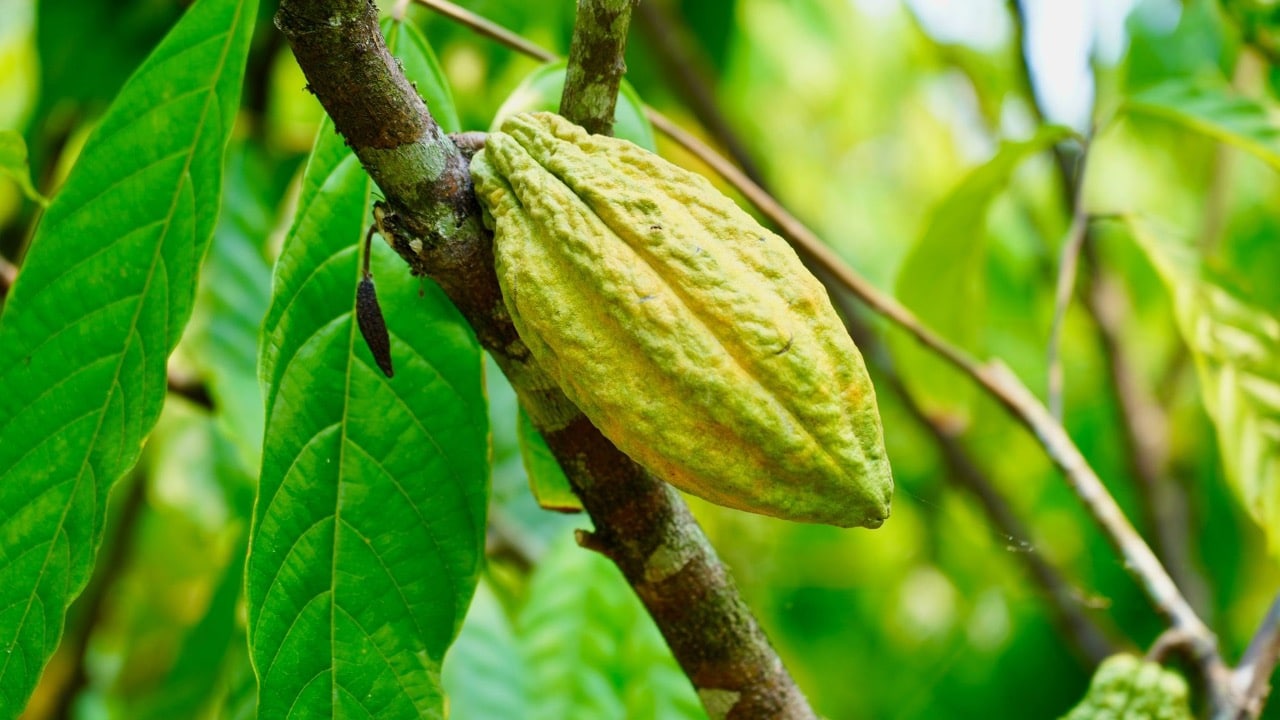
4. Tighter EU Controls Bring Auditor Shake-Ups & Testing Delays
With the introduction of Regulation 2021/1378, the rules governing organic cacao certification have tightened significantly -affecting both the certification process and product verification. These changes are creating new bottlenecks and uncertainties across the supply chain.
A. Certification Process – Who can certify?
From 1 January 2025, only control bodies formally recognised by the EU will be authorised to certify organic cacao destined for the European market. This represents a fundamental shift from the previous equivalence system, where national or private certifiers could issue valid certificates as long as they broadly aligned with EU standards. Under the new rules, full compliance with EU Organic Regulation is required.
This change has also raised the bar for certifiers themselves. During the transition, several established certification bodies faced uncertainty regarding their recognition status. While some ultimately secured EU approval, others were (temporarily) suspended, creating gaps in certification coverage. As a result, many exporters and cooperatives were left in limbo -unable to confirm shipments, sign contracts, or plan effectively during a critical period.
B. Product Verification – stricter, more frequent testing
Organic certification is no longer based solely on documentation and audits -it now hinges just as heavily on direct testing of cacao lots. Residue testing has become more frequent and more precise, with laboratories using advanced technology to detect even trace amounts of contamination.
To obtain or maintain certification, companies must regularly sample their cacao lots, send those samples to EU-accredited laboratories, and wait one to two weeks for results. These tests are mandatory for passing audits conducted by recognised control bodies.
While this strengthens the integrity of certified organic cacao, it also introduces delays, administrative burdens, and higher costs –pressures that fall disproportionately on smallholder-based supply chains.
➤ IMPACT ACROSS THE VALUE CHAIN
The implications of these verification requirements are already being felt:
- Certification disruptions have created bottlenecks across the supply chain
- Cash flow is constrained, as producers cannot invoice or ship cacao while awaiting lab results
- In volatile markets, the 1–2 week delay may force producers to skip certification altogether in order to sell quickly and secure pricing
- Testing and admin costs are eating into already thin margins
- The constant need to prove organic status at every stage makes it increasingly difficult for smallholder-led supply chains to remain compliant -or even operational, under the new EU rules
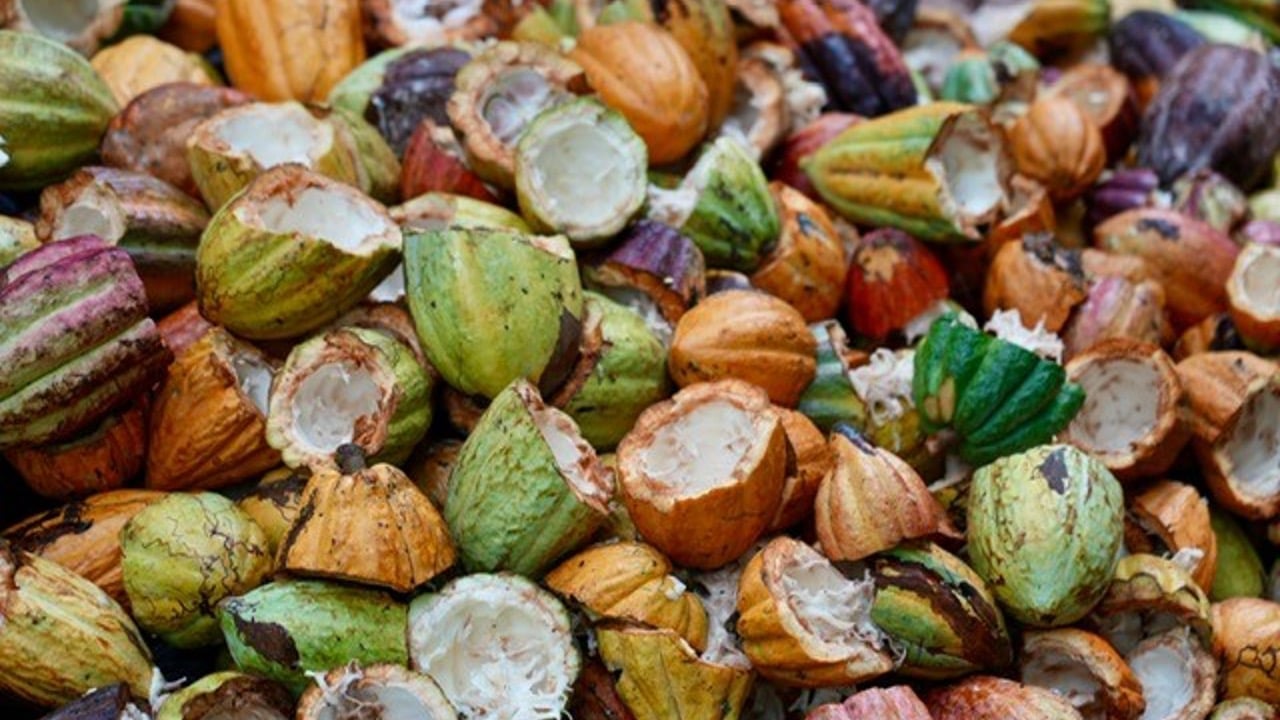
5. Rising Costs, Shrinking Supply & a Market Shifts Away from Europe
The cumulative effect of the new EU organic regulations is increasing complexity, costs, and risks across the cacao value chain –especially for smallholder cooperatives.
Global Impact:
Smallholder cooperatives now face higher administrative burdens and compliance costs, including investments in infrastructure, training, and repeated testing. Many producers, especially those organised in groups, struggle to meet the stricter requirements, putting the supply of certified organic cacao at risk.
Other Realities:
Two years of regulatory disruption have made some producers hesitant to jeopardise their production in order to comply with evolving standards. This caution has further constrained the availability of certified organic cacao.
Market Consequences:
Limited supply has altered market dynamics. The previous organic premium of around $300/MT is no longer the field reality. Organic cacao, once sometimes undervalued, is now commanding significantly higher prices.
- Coffee market parallels: Similar trends are seen in Latin American organic coffee, where some companies have withdrawn from the European organic market in favour of North America, where less stringent equivalence mechanisms still apply.
- Certification strategies: Cooperatives and Fairtrade-certified associations often prioritise keeping organic cocoa and coffee within Fairtrade Organic (FTO) channels to protect certification status and premium benefits.
European market impact: The volume of organic cacao available to Europe has diminished, creating both price and supply pressures that affect the entire value chain.
➤ IMPACT ACROSS THE VALUE CHAIN
The new EU regulations have intensified pressure across the organic cacao value chain. Rising administrative and compliance costs are squeezing smallholder margins, while limited availability of certified cacao is driving up prices and creating supply bottlenecks. Faced with these challenges, some producers are shifting their focus away from Europe toward markets with less stringent requirements. Together, these developments are creating a tighter, more expensive, and higher-risk supply chain, posing significant challenges for both producers and buyers striving to maintain a reliable organic supply.
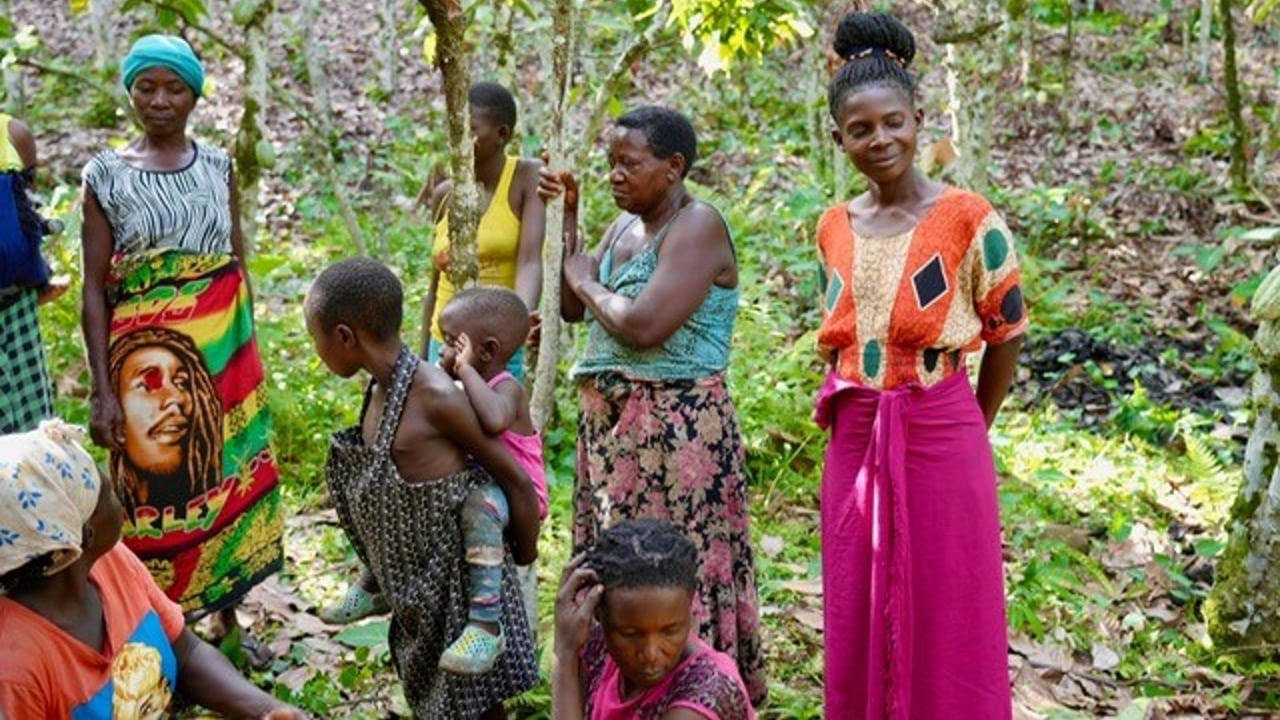
5. Rising Costs, Shrinking Supply & a Market Shifts Away from Europe
The cumulative effect of the new EU organic regulations is increasing complexity, costs, and risks across the cacao value chain –especially for smallholder cooperatives.
Global Impact:
Smallholder cooperatives now face higher administrative burdens and compliance costs, including investments in infrastructure, training, and repeated testing. Many producers, especially those organised in groups, struggle to meet the stricter requirements, putting the supply of certified organic cacao at risk.
Other Realities:
Two years of regulatory disruption have made some producers hesitant to jeopardise their production in order to comply with evolving standards. This caution has further constrained the availability of certified organic cacao.
Market Consequences:
Limited supply has altered market dynamics. The previous organic premium of around $300/MT is no longer the field reality. Organic cacao, once sometimes undervalued, is now commanding significantly higher prices.
- Coffee market parallels: Similar trends are seen in Latin American organic coffee, where some companies have withdrawn from the European organic market in favour of North America, where less stringent equivalence mechanisms still apply.
- Certification strategies: Cooperatives and Fairtrade-certified associations often prioritise keeping organic cocoa and coffee within Fairtrade Organic (FTO) channels to protect certification status and premium benefits.
European market impact: The volume of organic cacao available to Europe has diminished, creating both price and supply pressures that affect the entire value chain.
➤ IMPACT ACROSS THE VALUE CHAIN
The new EU regulations have intensified pressure across the organic cacao value chain. Rising administrative and compliance costs are squeezing smallholder margins, while limited availability of certified cacao is driving up prices and creating supply bottlenecks. Faced with these challenges, some producers are shifting their focus away from Europe toward markets with less stringent requirements. Together, these developments are creating a tighter, more expensive, and higher-risk supply chain, posing significant challenges for both producers and buyers striving to maintain a reliable organic supply.
IMPLICATIONS FOR CHOCOLATE MAKERS
The new EU organic regulations also create significant challenges and considerations for craft chocolate makers:
- Organic Labeling Decisions: Not all cacao sourced may carry the EU organic logo, though many are organic by nature. Craft makers must decide if the certified organic label is essential for their brand or if they prefer to emphasize philosophy and production ethics.
- Sourcing Stability: Certified organic cacao sources that meet the new EU standards are more limited. It’s crucial for craft makers to carefully select sourcers and producer groups with the organisational capacity and stability to maintain certification under evolving regulations.
- Flexibility & Contingency Planning: Given the volatility in certification and supply, craft chocolate makers should plan for flexibility, including alternative sourcing options or ‘Plan B’ strategies, to avoid disruptions.
- Quality & Availability: Limited availability of certain organic cacao qualities and references may affect product lines, requiring adjustments or innovation in product development.
YOUR MOVE – HOW CHOCOLATE MAKERS CAN ADAPT (OR RETHINK ORGANIC)
With these changes, chocolate makers now face key decisions:
- What does organic mean to your brand?
- Do you require the EU organic logo on your packaging?
- Or are you more aligned with a philosophy of organic, valuing clean farming and biodiversity, even if not certified?
- Is your current sourcing model still viable?
- Some origins may drop certification
- Availability may fluctuate
- Consider building sourcing flexibility into your portfolio
- Who are you buying from?
- Work with partners who understand the new rules and can help you navigate them
- Ask questions about certification bodies, farmer structures, and testing procedures
By considering these questions, chocolate makers can develop strategies to navigate the evolving organic cacao landscape with greater confidence.
SILVA CACAO : BALANCING CERTIFIED ORGANIC AND ORGANIC BY NATURE FOR FLAVOUR, FOREST, FARMERS AND THE FUTURE
At SILVA CACAO, we believe that organic certification is important, but it only tells part of the story. Field reality –how cacao is actually grown, matters just as much. Our approach goes beyond certification, balancing Flavour, Forest, Farmers & Future to ensure cacao that supports a sustainable future for people and the planet.
We are passionate about agroforestry systems, which are at the heart of our ‘forest DNA’. Our portfolio reflects this philosophy: it includes both farms that are formally certified organic and farms that are ‘organic by nature’, practicing sustainable, regenerative agriculture even when official certification is challenging. By combining certified standards with field-proven practices, every bean embodies authentic flavour, care for the forest, support for farmers, and a vision for the future.
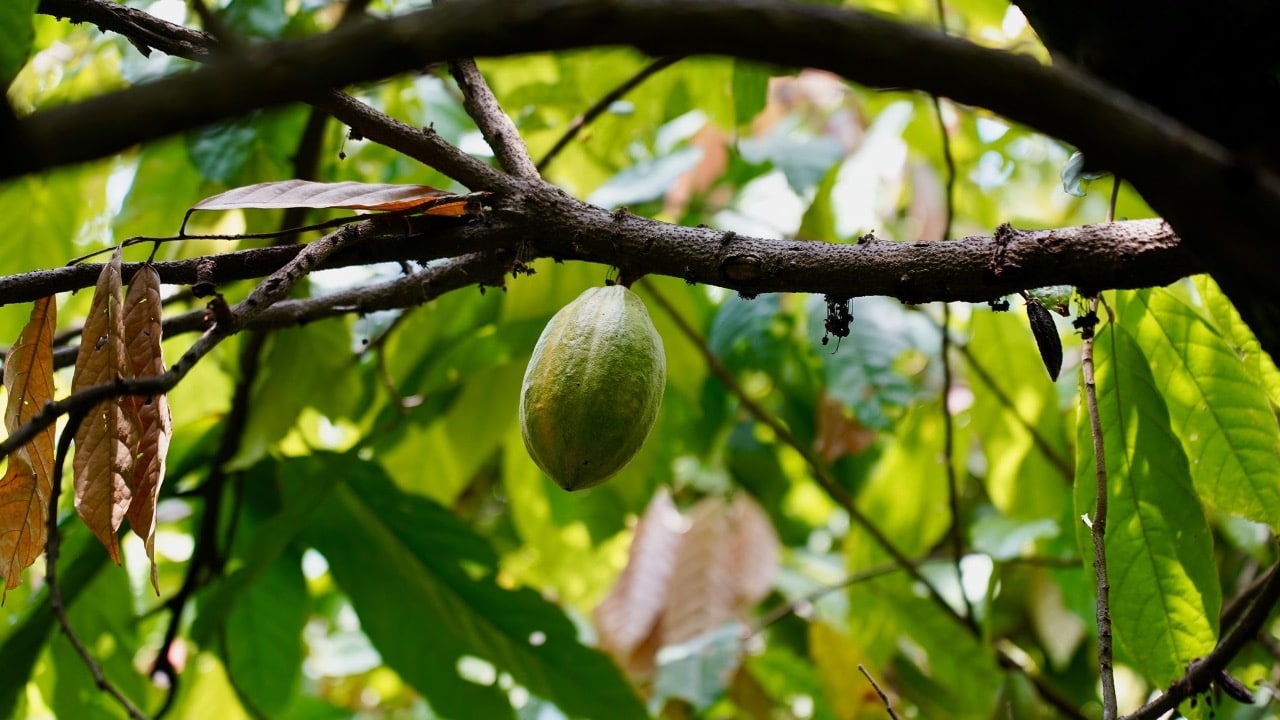
Here is a snapshot of how our commitment to both CERTIFIED ORGANIC and ORGANIC BY NATURE CACAO is reflected in the SILVA CACAO portfolio:
CERTIFIED ORGANIC CACAO
- Nicaragua
- Specialty
- Regional
- Dominican Republic
- Specialty
- Peru
- Colombia
- Ecuador
- Specialty
- Brazil:
- Specialty
- Sao Tomé
- Regional
- Tanzania:
- Specialty
- Madagascar:
- Philippines
- Specialty
‘ORGANIC BY NATURE’ CACAO
- Venezuela
- Nicaragua
- Specialty
- Peru
- Specialty
- Regional
- Sao Tomé
- Regional
- Congo
- Specialty
- Regional
NEED HELP NAVIGATING THE NEW ORGANIC REALITY, LET’S TALK
Whether you want to:
- Understand how the rules impact your current sourcing
- Explore alternative origins
- Plan for certified and non-certified options in the years ahead
SILVA CACAO IS HERE TO HELP
We’re committed to offering cacao with integrity -flavourful, traceable, and sourced with purpose.
